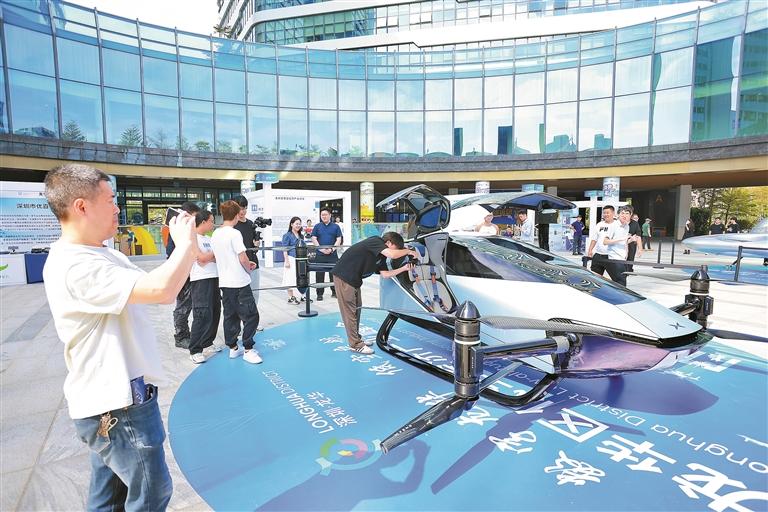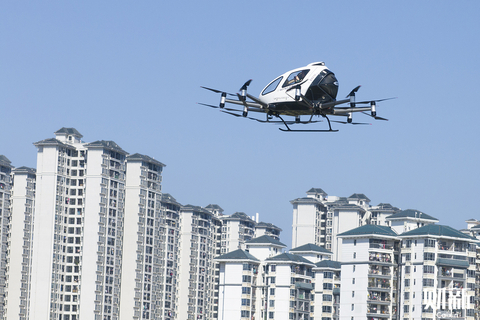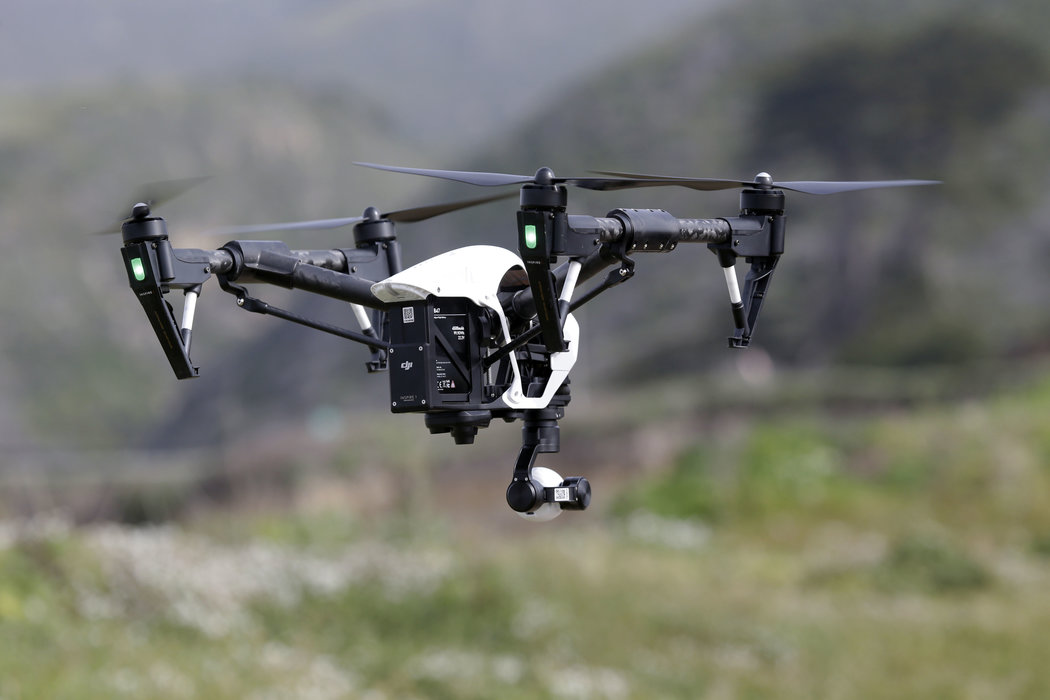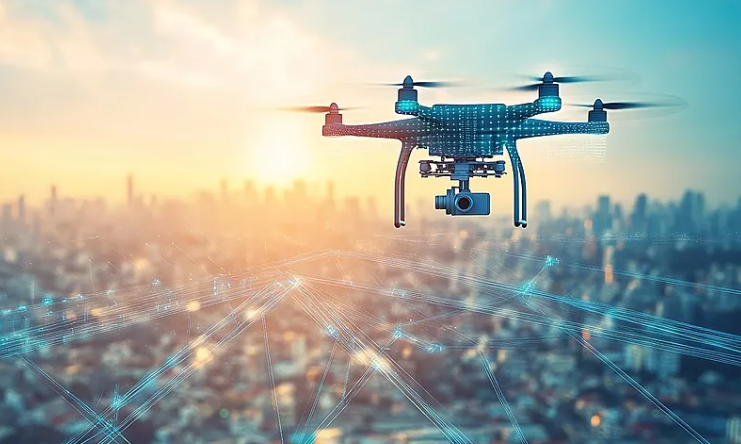What Is the Low-Altitude Economy?
The "low-altitude economy" refers to economic activities conducted in airspace within 1,000 meters above ground, involving drones, eVTOLs (electric vertical take-off and landing aircraft), and other aviation systems. In China, it has been identified as a strategic emerging industry, highlighted in recent government work reports, and supported by a dedicated division under the National Development and Reform Commission. By the end of 2025, the industry’s market size is projected to reach 1.5 trillion yuan (approximately $207 billion USD), and could expand to 3.5 trillion yuan (around $490 billion USD) by 2035.

China dominates the global commercial drone manufacturing sector, producing 70% to 80% of the world’s drones. It also leads in drone-related patents, with approximately 79% registered by DJI (Da Jiang Innovations). There are about 2.2 million registered drones across the country, deployed in agriculture, surveying, inspection, firefighting, food delivery, urban surveillance, and emergency response. Thanks to relaxed airspace regulation and government policy incentives, China's drone industry has already successfully tested large cargo drones (with payloads of 2–3.2 metric tons) and eVTOL passenger aircraft. Guangdong Province, including Dongguan, accounts for over 30% of China’s low-altitude industrial chain enterprises, with more than 10,000 related companies province-wide.

Dongguan’s Policy Framework and Strategic Plans to Boost the Industry
In 2024, Dongguan released the Implementation Plan for Promoting High-Quality Development of the Low-Altitude Economy (2024–2026).
The Dongguan Municipal Government is formulating a detailed Low-Altitude Economy High-Quality Development Plan along with supporting policy measures.
The city encourages the establishment of district-level policies, standard operating protocols for drone takeoff/landing sites, designated eVTOL zones, and coordination with customs and aviation authorities.
Dongguan has already begun zoning city airspace, establishing tiered low-altitude flight routes, and designating restricted airspace and drone testing zones. Infrastructure under development includes vertiports, drone hubs, rooftop logistics stations, transportation nodes, and charging and monitoring support networks. The city is also building a low-altitude smart network that integrates communication, navigation, surveillance, weather monitoring, and digital mapping, interconnected with customs, subway systems, and public parks.

July 3, 2025: Four Pilot Zones and Application Scenarios Announced
Nancheng: Low-altitude logistics and delivery
Songshan Lake: Drone-based tourism, aerial filming, and R&D
Water Town Economic Zone: Intercity drone transport
Hongmei & Xiegang: Drone manufacturing, eVTOL operations, and aviation services
So far, more than 500 low-altitude enterprises are operating in Dongguan—surpassing the target originally set for 2026—including 20 full-vehicle manufacturers and numerous parts suppliers. To support industry growth, the Dongguan government has streamlined administrative procedures and offers one-stop services for enterprises. By collaborating with provincial aviation and military departments, Dongguan is piloting a “filing-based” model for routine drone operations, enabling authorities to conduct integrated approval and monitoring via digital systems.
Building Dongguan into a “Low-Altitude Scenario City”
Dongguan positions itself as a “Low-Altitude Scenario City”, a regional hub that integrates advanced manufacturing capabilities with technological innovation. With comprehensive policies, zoning plans, cutting-edge infrastructure, and demonstration projects in logistics, tourism, manufacturing, and aviation services, Dongguan is rapidly becoming a model hub for China’s next frontier in aviation.




